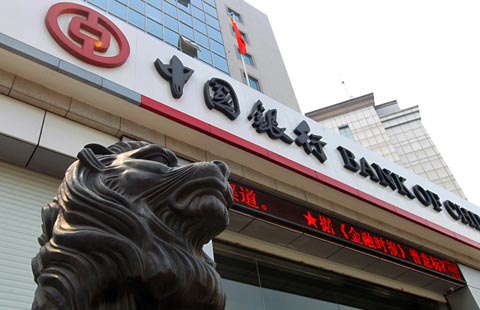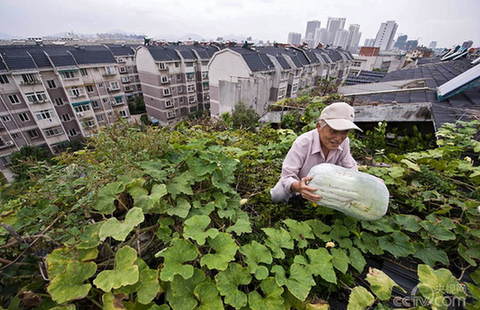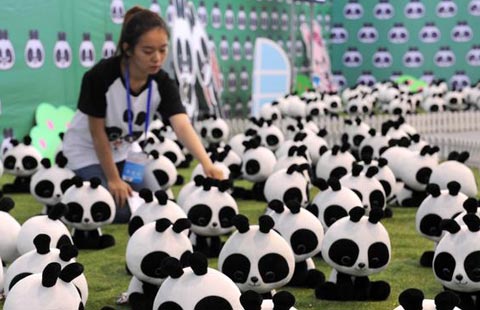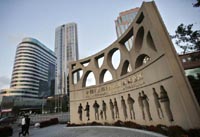Heilongjiang's farms turn to 'green'
By Yang Feiyue (China Daily) Updated: 2014-09-16 09:10
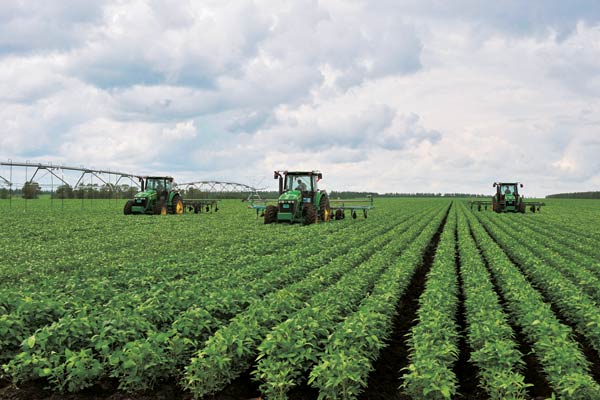 |
|
Large tracts of land under cultivation and farm cooperatives help in efforts toward modern agriculture. CHINA DAILY |
Local government promotes organic and natural foods, Yang Feiyue reports.
Faced with slack petroleum and coal industries, the Heilongjiang government has adjusted emphasis to support the rising green food industry.
It has made full use of local agriculture, forestry, animal husbandry and fisheries to speed up development of the sector, said the local government.
The food industry's added value increased 19.9 percent year-on-year in 2013 and 22 percent in the first quarter this year, according to a report released by the Heilongjiang Development and Reform Commission.

It is now the second largest industry in the province after the oil and natural gas.
"The food industry has been enjoying double-digit growth in recent years as a result of local government efforts over the years and market demand," said Lu Hao, governor of Heilongjiang.
Since last year, officials from the province visited Zhejiang, Shanghai, Hong Kong and Guangdong to promote organic and natural raised foods.
Pollution-free rice was very popular at a four-day Shanghai fair visited by 50,000 locals, according to government officials. The first Heilongjiang green food flagship shop has opened in Hong Kong, offering more than 240 green agricultural products.
A total of 763 green foods are now approved by the Heilongjiang entry-exit inspection and quarantine bureau for sale in Hong Kong, said government officials.
The Heilongjiang government has come up with a development outline, marketing plan and a series of measures to boost safe raw material production and build local brands, according to government officials.
It has invested about 1 billion yuan ($163 million) to support the industry.
Some of the money will help local companies develop a national marketing network featuring shops, a chain store, supermarkets and an e-business platform.
The government stressed that only by protecting the environment can sustainable production of green food be realized. Heilongjiang contributes 10 percent of total grain output nationwide. The local government has grasped opportunities in comprehensive agricultural reforms to develop modern water conservancy, agriculture technology and equipment as well as high-standard farmland, paving the way for green food development, according to government officials.
- China's dirty coal ban may threaten Australian exports: experts
- China posts first monthly forex transaction deficit
- Parade floats at Shanghai Tourism Festival
- China shares post biggest daily loss in 6 months
- China's first pet insurance policy
- China remains top destination for business expansion of Asian firms
- China suggests six steps to boost ASEAN ties
- Australia keen to boost ties with China, ASEAN
